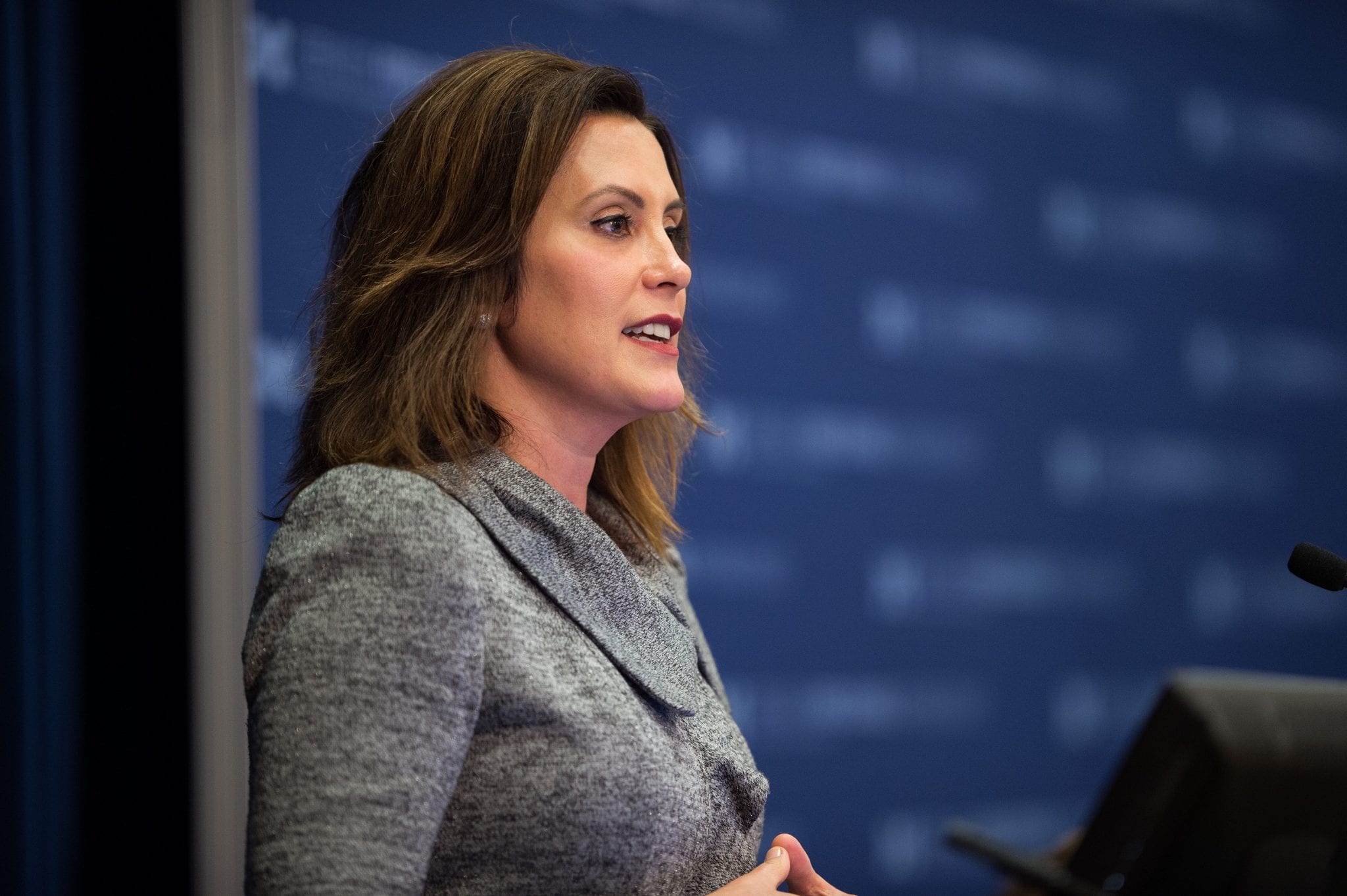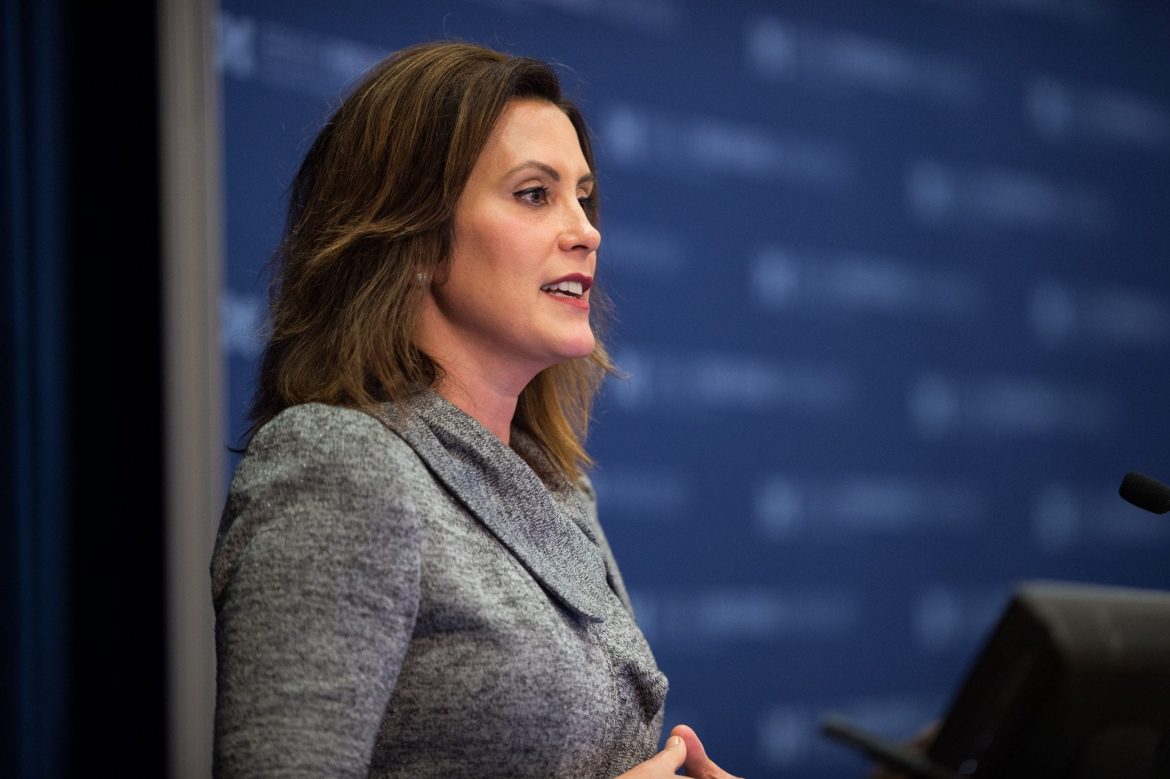Pro-environment gubernatorial candidates were victorious this year from the Eastern Seaboard to the Golden Gate. With pro-environment lawmakers now heading to numerous governors’ mansions and state legislatures, bold climate action is increasingly possible in these states, even while the federal government refuses to act.
The next governor of Colorado will be one of the most environmentally-minded. Gov.-elect Jared Polis (D) campaigned on transitioning Colorado to 100% renewable energy by 2040—a more ambitious goal even than California’s or Hawaii’s. And pro-environment legislators have also taken control of the Colorado State Senate, paving the way for climate action.
On the west coast, California Gov.-elect Gavin Newsom’s (D) record suggests he’s eager to expand on outgoing Gov. Jerry Brown’s (D) strong environmental legacy. Brown signed legislation mandating that California transition to 100% clean energy in the state by 2045, which Newsom wants to expand on by making California a net exporter of clean energy. Oregon Gov. Kate Brown (D) and Washington Gov. Jay Inslee (D), both climate champions, will also enjoy expanded pro-environment leadership in their state legislatures.
In Nevada, Gov.-elect Steve Sisolak (D) is looking to build more clean energy in his state; he campaigned on expanding solar energy and protecting the state’s iconic public lands. And with the passage of Question 6, he and legislative leaders in the state have a mandate to commit Nevada to a more robust renewable energy portfolio.
New Mexico Gov.-elect Michelle Lujan Grisham (D) ran on transitioning her state to 80% renewable energy by 2040 and ran campaign ads highlighting her commitment to clean energy.
The Midwest will also have new leadership committed to prioritizing clean energy and public health. Illinois Gov.-elect J.B. Pritzker (D) ran on committing his state to 100% renewable energy by 2050 and joining the U.S. Climate Alliance. Wisconsin Gov.-elect Tony Evers (D) and Michigan Gov.-elect Gretchen Whitmer (D) campaigned on ensuring that their constituents have reliable access to clean water and protecting their state’s invaluable natural resources.
On the East Coast, New York Gov. Andrew Cuomo (D), another environmental champion, sailed to re-election and can now work with an expanded pro-environment majority in the state legislature to strengthen New York’s place as a climate leader. In Maine, voters elected Janet Mills (D), who wants her state to lead the country on wind power and who fought the Trump administration’s environmental attacks as the state’s attorney general. Mills will also have leadership in the state legislature willing and able to protect their state’s environment and public health.
Although a few statewide environmental ballot initiatives did not succeed this year, the 2018 elections have given a number of state governments the ability to realize the goals of those initiatives through bold executive leadership and legislative action.
Kevin S. Curtis is the executive director of the NRDC Action Fund.


